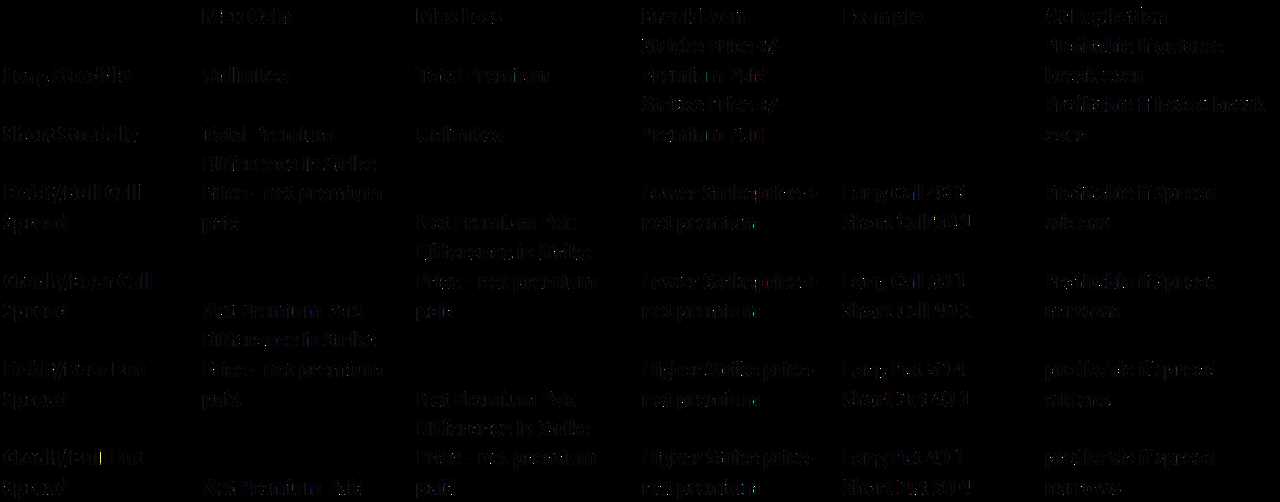What is Series 57 Exam?

The Series 57 Exam is a regulatory examination administered by the Financial Industry Regulatory Authority (FINRA). It is designed to test the knowledge and competency of individuals who want to become registered as securities traders.
The exam is specifically tailored for individuals who will be engaged in trading activities on behalf of broker-dealers. It covers a wide range of topics related to trading, including market structure, trading strategies, regulatory requirements, and ethical considerations.
By passing the Series 57 Exam, individuals demonstrate their knowledge and competence in trading, which is essential for protecting investors and maintaining the integrity of the financial markets.
Overall, the Series 57 Exam plays a crucial role in ensuring that individuals who engage in securities trading have the necessary skills and knowledge to perform their duties effectively and ethically.
Definition and Purpose

Requirements and Eligibility
To be eligible to take the Series 57 exam, individuals must meet certain requirements set by the Financial Industry Regulatory Authority (FINRA). These requirements include:
1. Registration with a FINRA Member Firm

Before taking the Series 57 exam, individuals must be associated with a FINRA member firm. This means that they must be employed by a brokerage firm that is registered with FINRA.
2. Sponsoring Firm
In addition to being registered with a FINRA member firm, individuals must also have a sponsoring firm. This means that the firm must sponsor the individual’s registration for the exam and provide them with the necessary study materials and resources.
3. Passing Other Exams

Prior to taking the Series 57 exam, individuals must have already passed certain prerequisite exams. These exams include the Securities Industry Essentials (SIE) exam and the General Securities Representative (Series 7) exam.
4. Continuing Education
Individuals who wish to take the Series 57 exam must also fulfill continuing education requirements. This includes completing the Regulatory Element of the Continuing Education (CE) program, which consists of various modules that cover different topics related to the securities industry.
It is important to note that these requirements may vary depending on the individual’s state and the specific regulations set by FINRA. Therefore, it is recommended to consult with the appropriate regulatory authorities or a qualified professional to ensure compliance with all necessary requirements.
Mechanism of Series 57 Exam
The mechanism of the Series 57 exam involves several steps. First, individuals must meet the eligibility requirements set by FINRA, which include being sponsored by a FINRA member firm and completing the necessary registration forms. Once eligibility is established, candidates can schedule their exam through FINRA’s testing center.
The Series 57 exam is a computer-based test that consists of 125 multiple-choice questions. Candidates are given 3 hours and 45 minutes to complete the exam. The questions are designed to assess a candidate’s knowledge of topics such as equity trading, options trading, fixed income trading, and regulatory requirements.
After completing the exam, candidates will receive their score immediately. A passing score is required to become registered as a securities trader. If a candidate does not pass the exam on their first attempt, they can retake the exam after a 30-day waiting period.
Exam Format and Structure
The Series 57 exam is a multiple-choice exam administered by the Financial Industry Regulatory Authority (FINRA). It consists of 125 questions, with a time limit of 3 hours and 45 minutes. The exam is computer-based and can be taken at a designated testing center.
Question Types
The exam questions are presented in a multiple-choice format, with four possible answer choices for each question. Candidates are required to select the best answer from the options provided.
Content Areas
The Series 57 exam covers a wide range of topics related to securities trading. The content areas include:
| Content Area | Percentage of Exam |
|---|---|
| Market Structure, Trading, and Reporting | 35% |
| Regulatory Requirements | 30% |
| Prohibited Practices | 20% |
| Investigations and Enforcement | 15% |
Passing Score
In order to pass the Series 57 exam, candidates must achieve a score of 70% or higher. The score is based on the number of questions answered correctly.
Topics Covered
The Series 57 Exam covers a wide range of topics that are essential for individuals seeking to become registered as a Securities Trader. These topics include:
1. Trading Operations
This section covers the various aspects of trading operations, including order handling, trade execution, and trade reporting. It also includes topics such as market structure, trading venues, and regulatory requirements.
3. Trading Strategies
This section explores the different trading strategies used by securities traders, including market making, arbitrage, and algorithmic trading. It covers topics such as order types, trading algorithms, and risk management techniques.
4. Compliance and Regulation
This section focuses on the regulatory framework governing securities trading, including the Securities Exchange Act of 1934, the Securities Act of 1933, and the rules and regulations of self-regulatory organizations such as FINRA and the SEC. It covers topics such as insider trading, market manipulation, and customer protection rules.
5. Ethics and Professionalism
This section emphasizes the importance of ethical conduct and professionalism in the securities industry. It covers topics such as fiduciary duty, conflicts of interest, and the responsibilities of securities traders towards their clients and the market.
6. Financial Markets and Economic Analysis
This section provides an overview of the financial markets and the factors that influence them. It covers topics such as macroeconomic indicators, monetary policy, and fundamental analysis.

Emily Bibb simplifies finance through bestselling books and articles, bridging complex concepts for everyday understanding. Engaging audiences via social media, she shares insights for financial success. Active in seminars and philanthropy, Bibb aims to create a more financially informed society, driven by her passion for empowering others.
